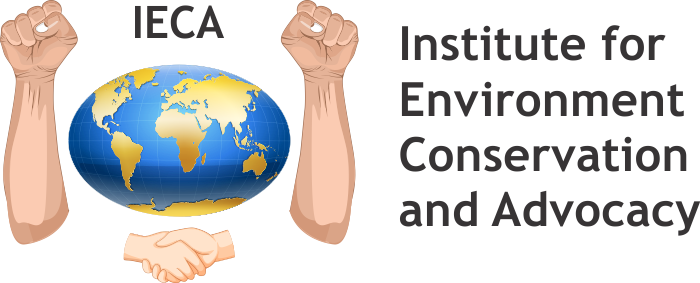Experiential environmental education in schools involves hands-on activities, outdoor learning, and real-world experiences. Here are some steps to implement it:
- Identify Goals: Determine the objectives of your environmental education program. What concepts or skills do you want students to learn?
- Curriculum Integration: Integrate environmental education into existing curriculum subjects such as science, geography, and even art or literature.
- Outdoor Exploration: Take students outside to explore nature firsthand. This could include field trips to parks, nature reserves, or local ecosystems.
- Hands-on Activities: Engage students in interactive activities like gardening, recycling projects, or wildlife observation.
- Community Involvement: Partner with local organizations, environmental groups, or experts to enhance learning opportunities and provide real-world experiences.
- Project-Based Learning: Encourage students to work on long-term projects related to environmental issues, such as designing a sustainable garden or conducting a waste audit.
- Reflection and Discussion: Facilitate discussions and reflections on students' experiences to deepen their understanding of environmental concepts and foster critical thinking.
- Action Projects: Empower students to take action in their communities through environmental initiatives, such as organizing clean-up events or advocating for sustainable practices.
- Assessment: Develop assessment strategies to evaluate students' understanding and engagement with environmental education, including observations, portfolios, or presentations.
- Continuous Improvement: Reflect on the effectiveness of your program and make adjustments based on feedback from students, teachers, and stakeholders.
By incorporating these steps, schools can create rich and impactful experiential environmental education programs that inspire students to become stewards of the environment.

 Call :
Call :